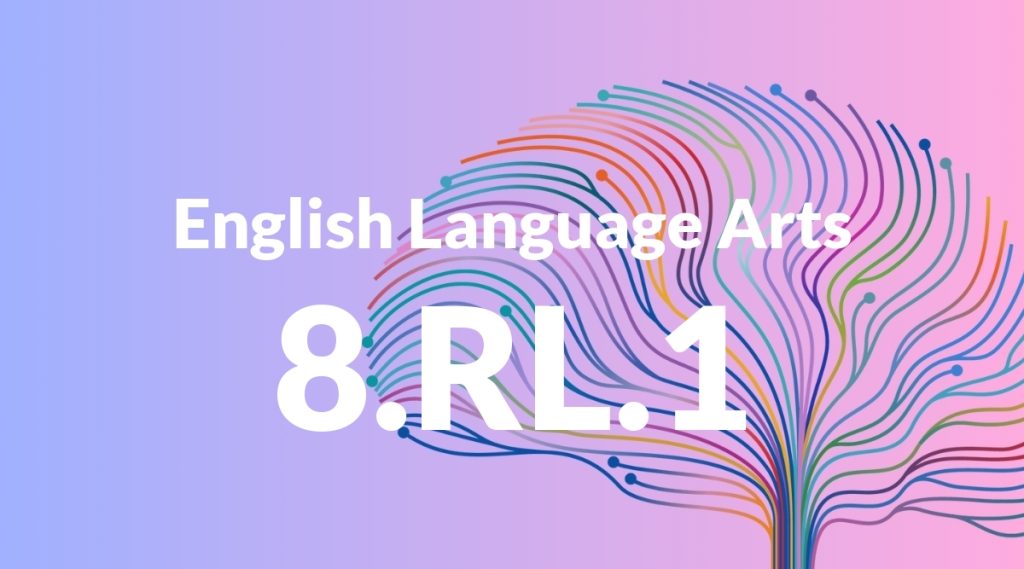Standard: 8.RL.1 – Cite the textual evidence that most strongly supports an analysis of what the text says explicitly as well as inferences drawn from the text.
Grade level: Grade 8
Subject: English Language Arts
Domain: Reading: Literature
Teacher Overview
This standard focuses on students’ ability to cite textual evidence to support their analysis of literature. It is critical in helping students develop deep comprehension and analytical skills necessary for high school and beyond. Students should already be able to identify main ideas and details in a text and make simple inferences based on their reading.
After mastering this standard, students will be able to critically evaluate sources and synthesize information from multiple texts, skills that are essential for advanced academic writing and research.
Common Misconception 1
A common misconception is that any piece of evidence from the text is equally valid. This is incorrect because not all evidence equally supports a specific analysis. Strong evidence directly relates to the point being made.
Intervention 1
To address this, teachers can provide exercises where students compare multiple pieces of evidence and discuss which one most strongly supports their analysis.
Common Misconception 2
Another misconception is that inferences do not need to be supported by textual evidence. This is incorrect because valid inferences must be grounded in specific parts of the text.
Intervention 2
Teachers can guide students through the process of making inferences and explicitly connecting these inferences back to specific textual evidence.
Prerequisite Knowledge
Students should be familiar with basic reading comprehension skills, including identifying main ideas and details, as well as making simple inferences from texts.
Subsequent Knowledge
Students will develop advanced critical thinking skills, including the ability to evaluate the credibility of sources and synthesize information from multiple texts to support complex arguments.
Instructional Activities
- Textual evidence scavenger hunt
- Group discussions analyzing character motivations
- Writing essays with evidence-based arguments
- Comparing different interpretations of a text
- Creating evidence-based presentations on themes




